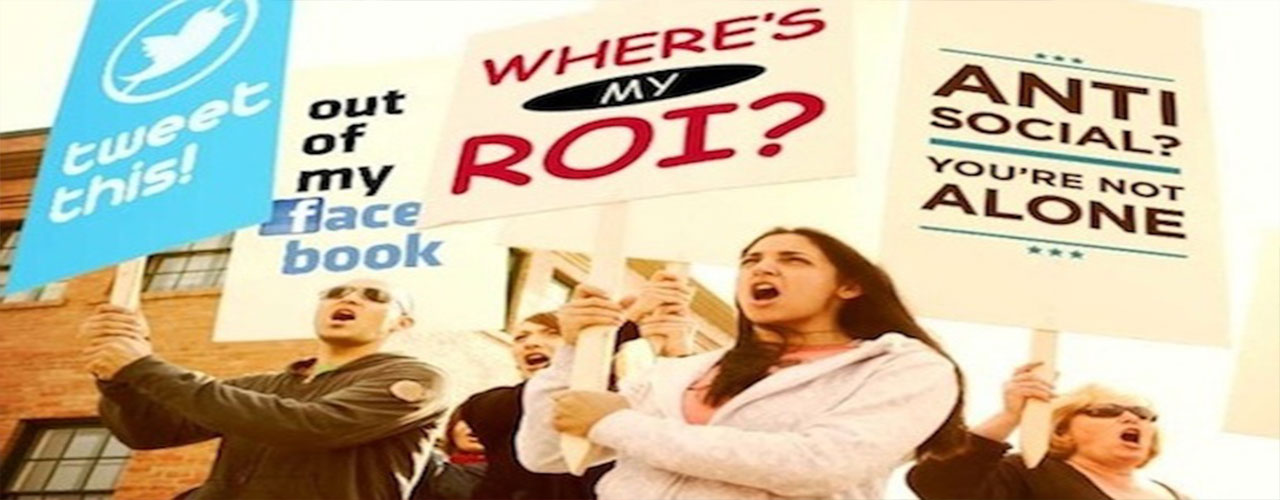The state of social media marketing today
Strengths and weaknesses as a marketing tool
So, has social networking lived up to the hype? In a word, no. But social media does have a role to play in healthcare marketing, depending on who’s using it and why. Here are some of the insights we’ve gained on social media’s strengths and weaknesses.

Social media is social – not commercial
Social media allows people to easily stay in touch with their friends and family, to make connections with others who share similar interests, and to support social causes and grassroots movements. It helps bring people together and involve them in events much bigger than themselves. It is a social force unrivaled in human history. But the key word here is ‘social;’ a medium of human connections and interpersonal relationships.
It is not primarily a commercial or marketing channel. In most instances, selling is interruptive, even off-putting, so marketers must exercise restraint in driving the sales process.
Social networks begin with insiders
Social media is ideal for connecting with those closest to you and working outward. Hospitals have large populations of employees and physicians who together have huge social influence. A message they share may reach thousands, including colleagues, friends and families. Starting your social network with them makes a lot of sense (but raises issues about defining your organization’s social media policy).
Strong brands have an edge in social media
Hospitals, practices and provider networks that have a clear brand position, a well-defined patient experience, and something worthwhile to say, tend to outperform others in the social media realm. Brands that can connect with their networks, but keep the conversation on a social or entertainment level, are the leaders in collecting fans and followers.
Social media is great for engaging existing customers
If your healthcare organization has a large base of highly satisfied patients and advocates, social media is an essential channel for customer engagement. Use it to create buzz for your brand through re-tweeting, sharing and linking from your satisfied customers to their friends and followers in the social network. Post health information in Pinterest that people can access and share easily. Word of mouth marketing and the opinions of trusted, non-biased consumers carry considerable influence for today’s Internet-savvy consumer.
Social media is great for responding to feedback and criticism
It’s inevitable that a small percentage of your patients will be displeased with their experience, and some will express their feelings through social media – especially through healthcare review sites like HealthGrades, Angie’s List and epinions. Brands that recognize this can embrace the opportunity to turn a negative into a positive. By monitoring social media conversations for mentions of their brand, you can identify negative comments and make good on patient complaints. This can have a positive rebound effect: demonstrating your commitment to service can turn dissatisfied patients into loyal, repeat customers.
Goals provide a measure for social media ROI
“Likes” are nice, but the real goal of social media is engagement; active involvement with the social network in the form of comments, sharing of content and advocacy for the brand. Setting realistic goals and objectives for social media campaigns provide a way to track results and demonstrate return on investment.
Social media isn’t free
While the cost of posting content to social media channels is low, the expense of labor to strategize, monitor and engage social networks shouldn’t be underestimated. Consider the costs of ad spending to promote the campaign and the time your staff spends on Facebook, Pinterest and Twitter in project budgets (or your overhead).

